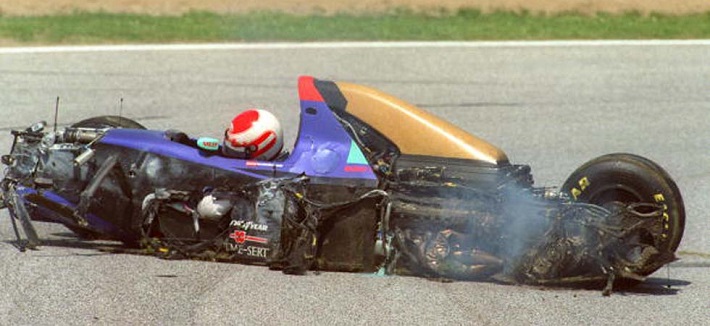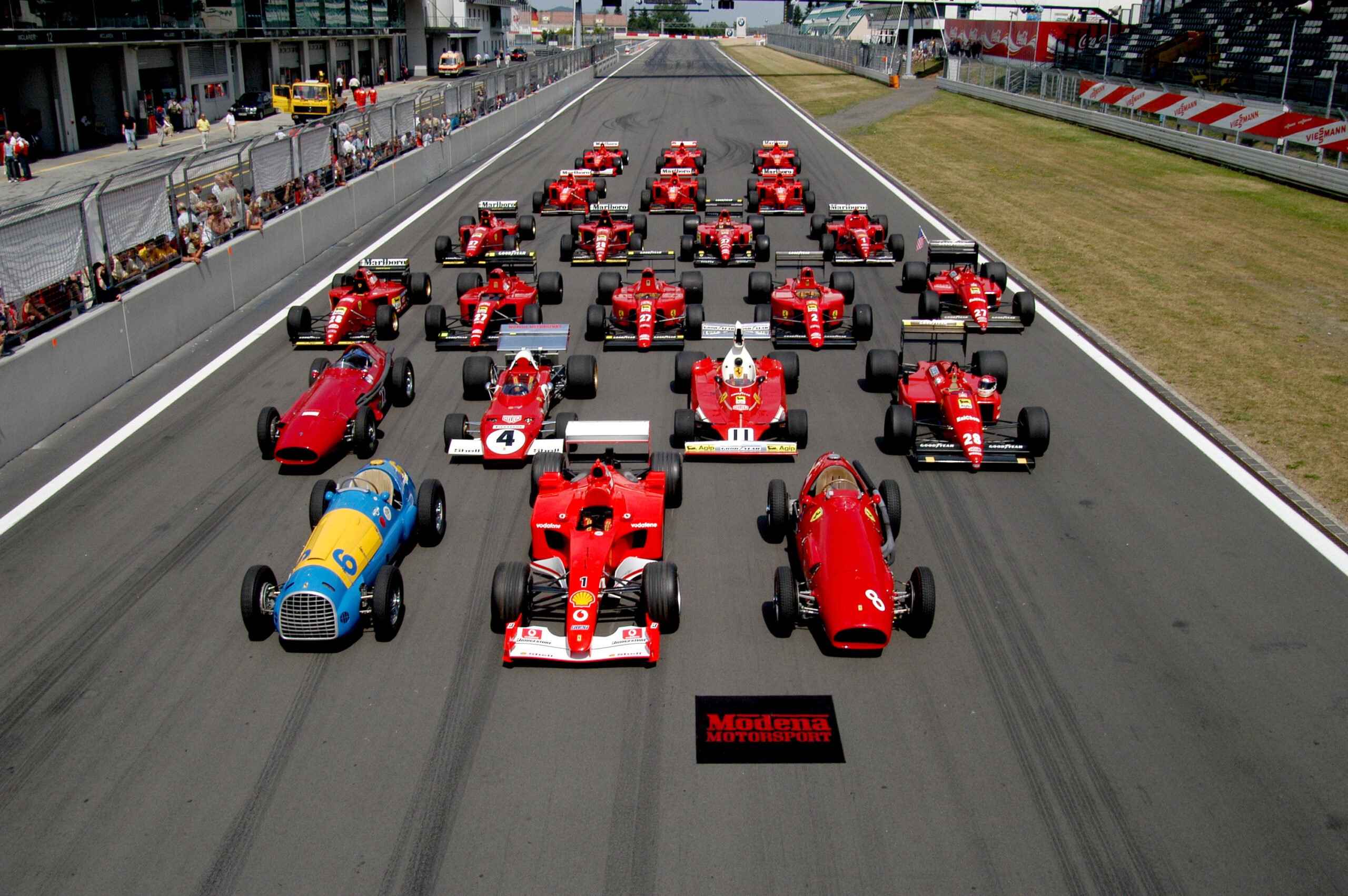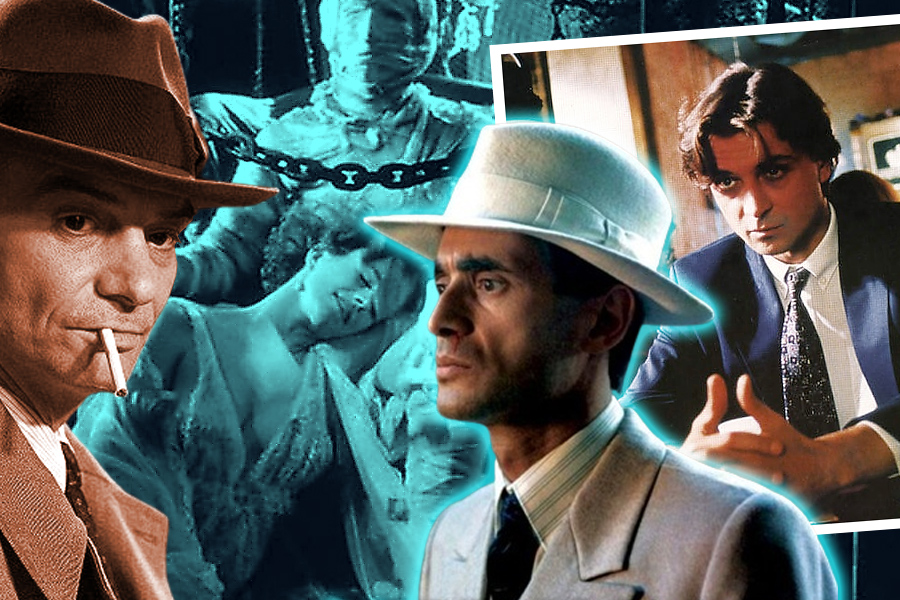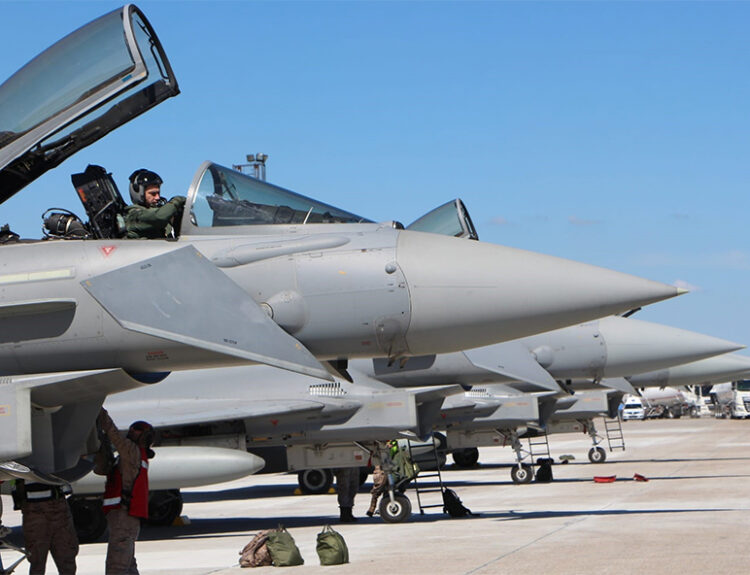Bright colors, exquisite lines, low weight, and speeds of over 200 miles per hour – the cars on the track are mesmerizing. The mixture of spectacle, competition, and danger has made racing one of the most exciting sports. Hundreds of thousands of fans around the world regularly watch Formula 1, the world championship in circuit racing, with a global TV audience of 527 million viewers.
Although these drivers face obviously high risks due to their incredible speed, workload, and desire to win, today’s race spectators rarely witness dramatic accidents on the track.
However, it hasn’t always been this way.
Since 1950, the first time the championship was held, hundreds of participants have been killed or injured competing. Each such case was analyzed, and now sponsoring companies invest millions in design solutions that help save the lives of pilots.
Today, Formula 1 athletes owe their safety to their predecessors who, sometimes at the cost of their own lives, pointed out the weaknesses of one of the most risky sports on the planet.
Let’s recall the most dramatic moments that influenced the safety standards of Formula 1.
Roland Ratzenberger’s tragic 1994 Imola crash

IMOLA, ITALY: Austrian Formula One driver Roland Ratzenberger in his car just after his spectacular crash during the second practice on Imola track 30 April 1994 for San Marino Grand Prix. Rtazneberger reportedly later died. (Photo credit should read AFP/AFP/Getty Images)
Source: Wikimedia
During qualifying for the 1994 San Marino Grand Prix, 33-year-old Austrian racing driver Roland Ratzenberger drove off the track. The front wing of the car was damaged, but no one noticed. The pilot continued to race. Later, at a speed of 320 km/h, the wing flew off and went underneath the Simtek F1 car, causing the driver to lose control.
The high-speed Villeneuve Corner proved to be fatal for Ratzenberger. The car crashed into a concrete wall at a terrifying speed.
A few hundred meters from the scene, the legend of world motorsport Ayrton Senna would be watching the tragedy.
Senna was shaken by the accident. The next morning, he gathered the pilots to agree on an immediate revision of Formula 1 safety standards. The updates were subsequently implemented. The safety of the barriers, especially on the dangerous sections of high-speed serpentines, was strengthened by shock-absorbing structures that help to mitigate the load in case of a collision.
However, the initiator of these changes, the iconic Brazilian pilot Ayrton Senna, would not see them implemented.
Ayrton Senna, San Marino Grand Prix, 1994
Ayrton Senna de Silva is one of the greatest pilots in the history of motorsport, a legend, three-time Formula 1 world champion. The charismatic Brazilian was called the “rainman” and “Brazilian wizard” for his phenomenal talent of driving in rain.

Source: Wikimedia
On May 1, 1994, the day after Roland Ratzenberger’s death, Senna wanted to withdraw from the race, but decided to compete anyway.
On the seventh lap, passing the Tamburello corner at 310 kilometers per hour, Senna’s car went off the track. The driver managed to slow down, reducing his speed to 218 kilometers per hour but he could not avoid a collision with a concrete wall.

Source: Wikimedia
The death of three-time world champion Ayrton Senna at the 1994 San Marino Grand Prix is perhaps the most high-profile accident in Formula 1 history. The event caused some of the most radical changes in the sport.
According to experts, during the accident, the fragments of the suspension and a torn off wheel caused the pilot to suffer injuries incompatible with life.
After the accident, restrictions were imposed on the size and power of the engines, the sides of the car were reinforced and raised, and the suspension of the car was strengthened and improved to prevent wheel detachment.
Although there are various versions of the accident’s cause, the Italian court recognized the key cause as a malfunction of the steering system.
Niki Lauda, Nürburgring 1976

Source: Formula1.com
The rain did not promise easy racing during the 1976 German Grand Prix. Some parts of the Nürburgring track were wet, while others remained dry.
Ferrari’s Austrian driver Niki Lauda lost control at the notoriously dangerous Bergwerk corner. The car burst into flames and bounced back onto the track and was hit by the American Brett Lunger.
Lauda was trapped inside his burning car.
The accident occurred on a 22.8 km long section of the highway that was difficult to access. There were no medics or rescuers nearby. Brett Lunger and three other pilots, Harald Ertl, Arturo Merzario and Guy Edwards, managed to rescue their fellow driver from the deadly trap.
Being in shock, the Austrian was able to leave the scene of the crash, but on the way to the hospital he fell into a coma caused by gases that damaged his lungs. Lauda suffered severe burns. However, he managed to recover and returned to racing a few months later.
After the incident, the Nürburgring was excluded from the race calendar for the following year due to the difficulty of access for rescuers.
Thomas Maldwyn Pryce, 1977 South African Grand Prix

Source: Formula1.com
In the midst of the 1977 South African Grand Prix, Junior Marshal Frederik Jansen Van Vuuren rushed to rescue a driver from a burning car. Running out onto the track with a fire extinguisher in hand, Frederik did not pay attention to the cars racing toward him.
The car of 27-year-old Welsh Formula 1 driver Thomas Maldwyn Pryce hit Frederik at a speed of about 168 mph, killing him on the spot. The fire extinguisher that Frederik was holding fatally injured the car’s driver.
Following this horrific tragedy, Formula 1 officials introduced strict protocols for marshals and other units during accidents. They also improved the yellow and red flag system so that all drivers and teams are promptly informed of emergencies on the track.
Jules Bianchi, Suzuka 2014

Source: au.motorsport.com
German driver Adrian Sutil lost control of his car due to the semi-dry surface of the race track. His Sauber crashed on the 42nd lap of the Japanese Grand Prix, held in the rain. An emergency rescue vehicle was called to the track.
One lap later, French driver Jules Bianchi lost control at the same corner and crashed into a 6,500-kilogram crane that was cleaning Sutil’s car at a speed of 78 mph.
After a lengthy investigation, the FIA published a conclusion that several factors contributed to the Frenchman’s death: “a semi-dry race track”, insufficient braking, and an impact with a tractor crane.
Subsequently, the “four-hour rule” was developed and implemented, which means that races held during daytime must take place at least four hours before sunset. Approaches to track drainage systems and emergency response systems for cars were also updated.
***
Formula 1 is fascinating and spectacular. Watching the fastest cars on the planet compete is entertaining and exciting, and the skills of pilots who can drive a car at 380 km/h are truly impressive.
However, while enjoying the show, it is worth honoring those who gave their lives so that the show could go on.
Among the stories described, only one of the pilots managed to save his life. The oldest of the victims was under the age of 36.
Source: The Gaze







